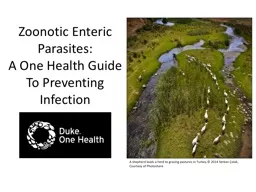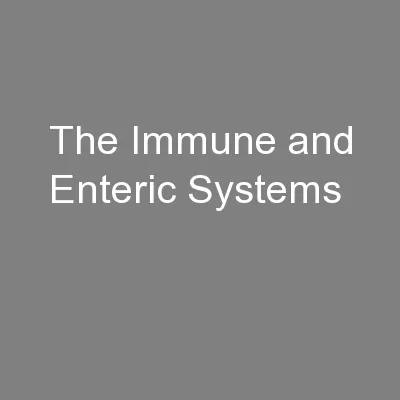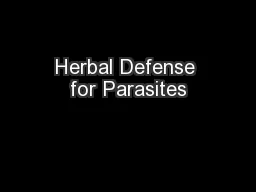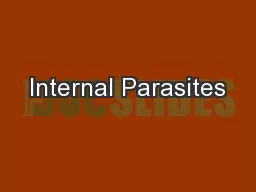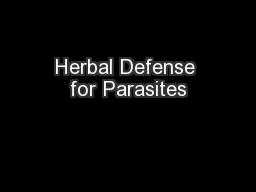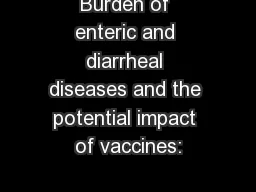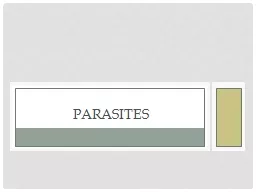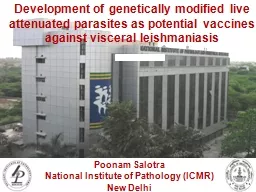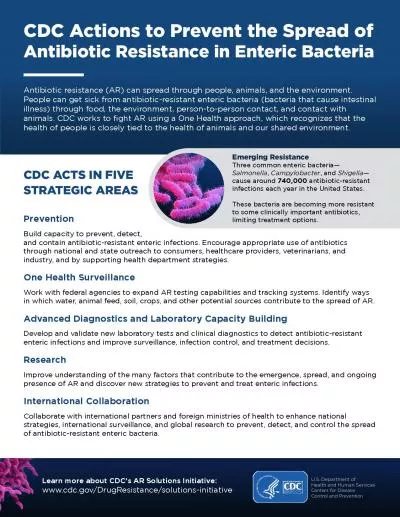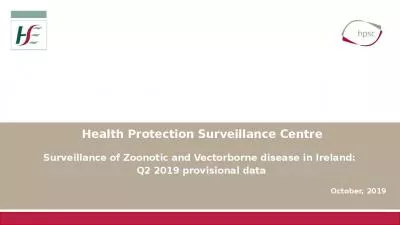PPT-Zoonotic Enteric Parasites:
Author : natalia-silvester | Published Date : 2019-12-20
Zoonotic Enteric Parasites A One Health Guide To Preventing Infection A shepherd leads a herd to grazing pastures in Turkey 2014 Serkan Çolak Courtesy of Photoshare
Presentation Embed Code
Download Presentation
Download Presentation The PPT/PDF document "Zoonotic Enteric Parasites:" is the property of its rightful owner. Permission is granted to download and print the materials on this website for personal, non-commercial use only, and to display it on your personal computer provided you do not modify the materials and that you retain all copyright notices contained in the materials. By downloading content from our website, you accept the terms of this agreement.
Zoonotic Enteric Parasites:: Transcript
Download Rules Of Document
"Zoonotic Enteric Parasites:"The content belongs to its owner. You may download and print it for personal use, without modification, and keep all copyright notices. By downloading, you agree to these terms.
Related Documents

